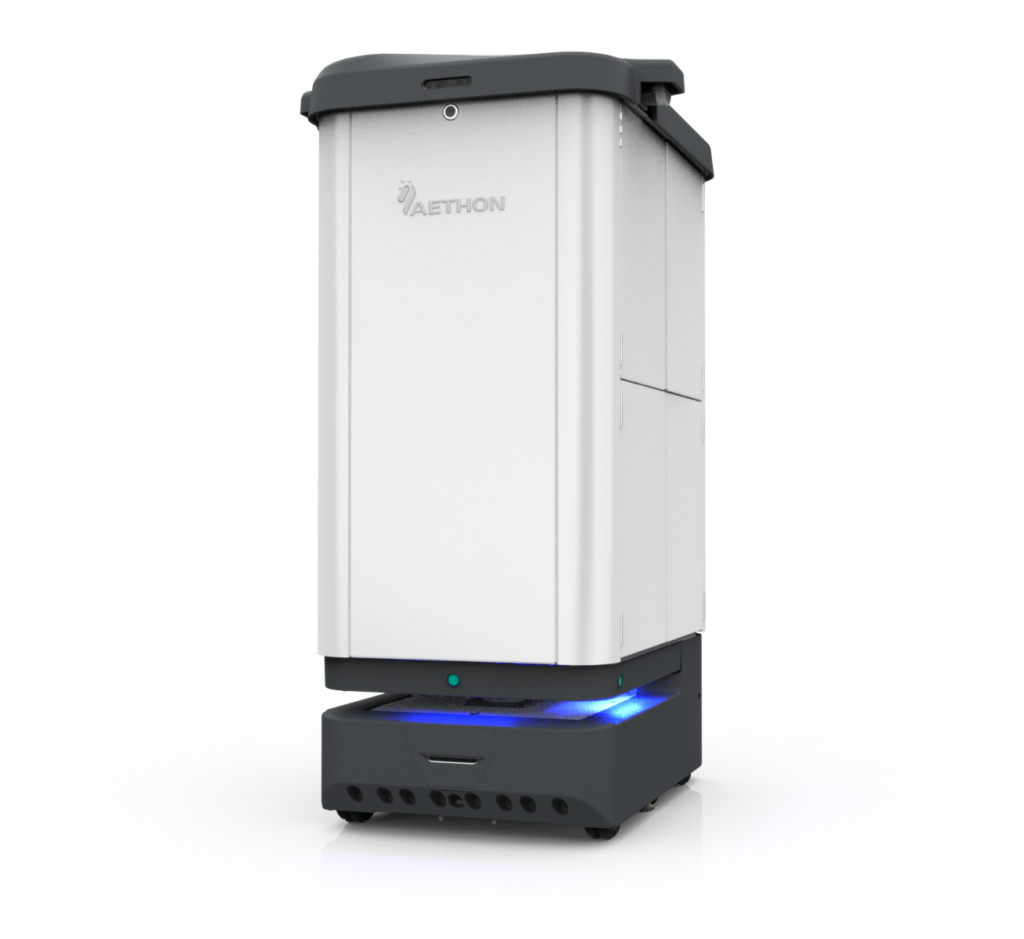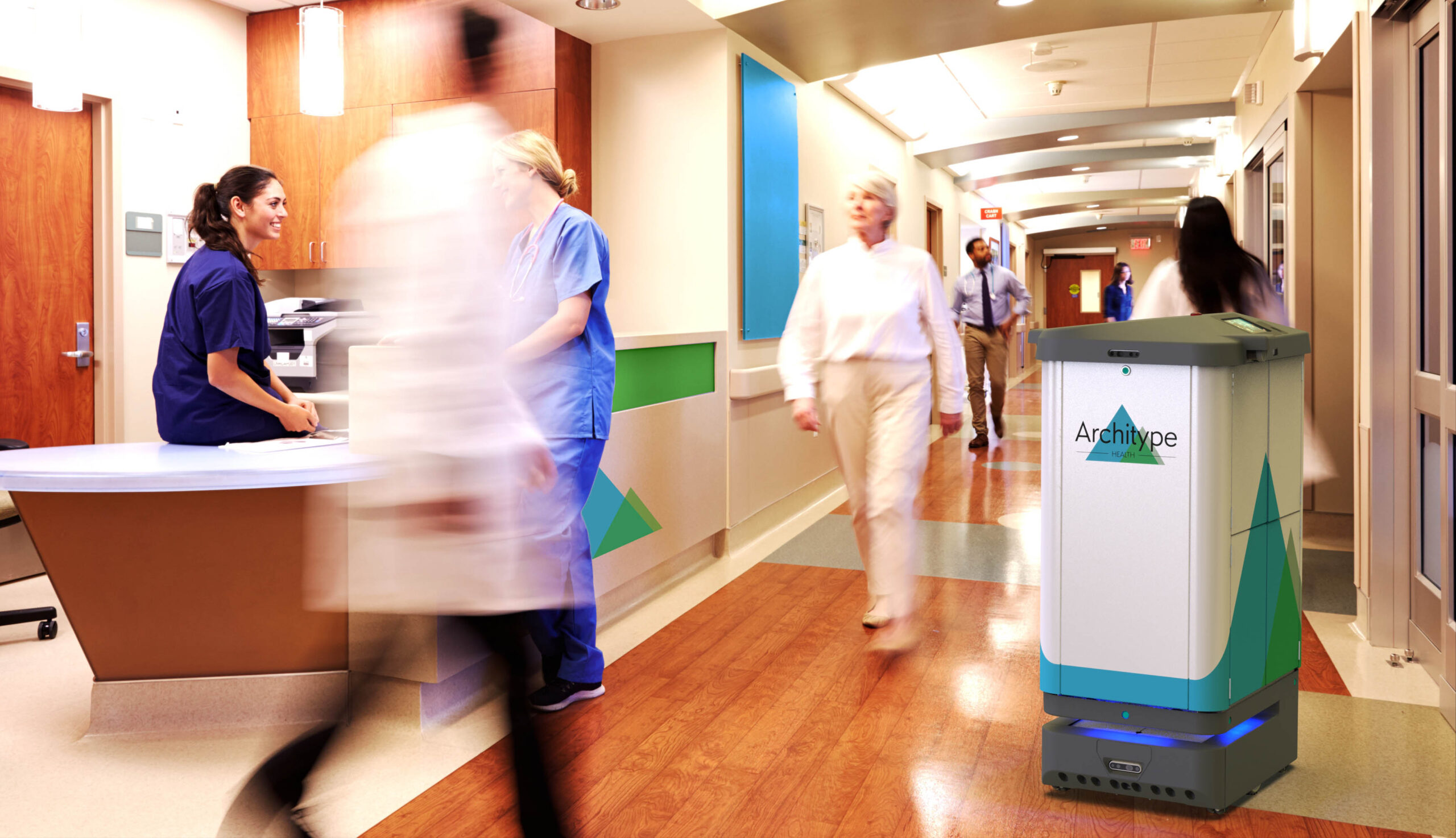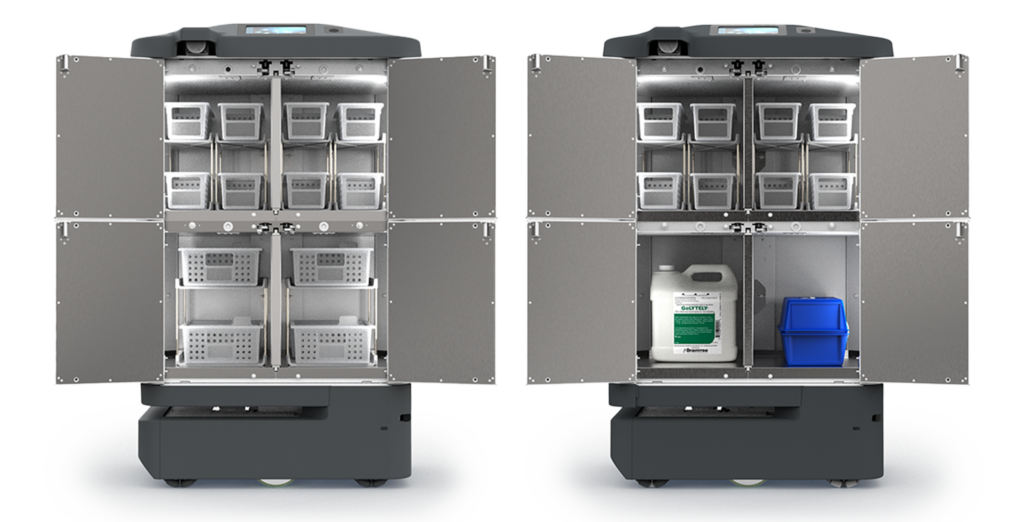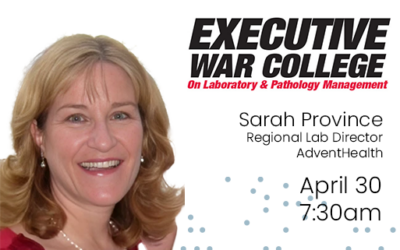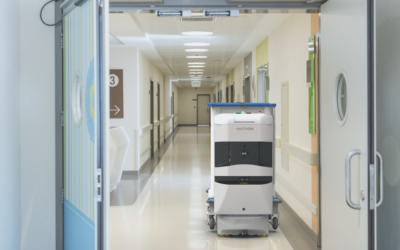As we move forward into a new era of healthcare management, experts have begun envisioning what the “hospital of the future” might look like. And one virtually unanimous prediction is a move toward a more patient-centered model of care.
However, this goal presents a substantial challenge to today’s healthcare executives: Patient populations are aging, overall patient acuity is rising, pay-for-performance measurements are looming and labor shortages are all driving a doubled-down effort to reduce costs and use new technology to improve patient outcomes. These are themes common to every healthcare leader.
In a recent white paper published by Swisslog Healthcare Solutions, the organization outlines how these challenges are pointing toward increased investment in automated healthcare solutions that reduce costs, improve care, and create hospitals positioned for 21st century success. How are these trends and changes driving a new vision for hospitals?
Output-Centric Reimbursements
One of the foremost philosophies driving the patient-centered paradigm is an “output-centric” model of payer reimbursement (as opposed to an “input-centric” model). This would translate to an increased focus on care delivery savings and quality improvements, instead of statistical indicators like number of office visits or number of implants. In short, there is a growing movement to measure and reward results rather than activity. And, as echoed in the Swisslog whitepaper, this revised reimbursement model is increasingly gaining legislative support in the U.S.
Image credit: Swisslog
Demographic Changes
As the patient population ages and illness severity rises, previously accepted models of patient care may no longer work. In order to meet the needs of these new patient demographics, hospitals must implement significant changes to improve productivity and outcomes.
This issue is compounded by an expected labor shortage—recent studies indicate that the U.S. will face a nursing shortage of about 500,000 by 2025. In fact, nursing staffs are already shrinking, resulting in fragmented care in the form of less bedside interaction, less patient education, and less frequent updating of care plans.
Pressure to Improve Outcomes
Given that higher intensity clinical staffing models have already been proven to improve outcomes, reduce adverse events, and increase patient satisfaction, it’s clear that the hospital of the future will have addressed the aforementioned labor shortage—and not by merely adding new staff, but through other productivity enhancements. This will result in people performing the highest-level duties allowed by their training and experience. This will translate, for example, to nurses spending more time with patients or pharmacists spending more time accurately preparing medications and consulting with physicians and with each spending less time with the logistical tasks required by their jobs.
Forward-thinking hospitals should be striving to find ways to enable more hands-on provider care, reducing the cost of the care, and leveraging automated solutions, such as autonomous mobile robots that bring supplies directly to the point of care. This technology increases staff productivity, decreases low-value responsibilities and helps address the staff shortages that already exist while simultaneously reducing costs.
And Let Robots Pull the Load
This past October, the U.S. Agency for Healthcare Research and Quality (USAHRQ) published a study in conjunction with the University of Maryland Medical Center on the effectiveness of our TUG autonomous mobile robots in delivering cost effective, high quality care. The report (cited extensively in the Swisslog white paper) found that our system “freed up 6,123 hours for nurses [annually] by reducing time spent tracking or retrieving medications.” Other measured improvements included a 50 percent decrease in the cost of each medication delivery, and a 59 percent reduction in the total time spent delivering medications, from 74 minutes to 30 minutes along with an increased predictability of medication delivery by 50 percent. This allowed nursing and pharmacy staff to provide more hands-on bedside care and spend more time educating patients, resulting in increased patient satisfaction.
Cut the Fat
Lowering the cost of care and increasing quality, experts argue, is indeed a productivity problem. And according to Anita Tucker of the Harvard Business Review, obstacles and interruptions within the hospital supply chain is one primary area executives can target: “Clinical staff members in many hospitals are too often forced to leave patients’ bedsides to hunt for materials, delaying care and leaving patients unattended,” she writes.
Further, increased patient load as well as changes in preferences and attitudes about hospital facilities are forcing hospitals to expand and renovate. Expansion often creates new spaces separated from the existing hospital and creates new internal supply demands – all magnifying current internal supply inefficiencies to create a perfect storm of inefficiency.
Thus, hospital administrators should seek out productivity enhancements—however small and incremental—that free up providers’ time throughout the day so they can focus on providing high quality hands-on care. And by relying on experts who know healthcare and have already demonstrated proven results, hospitals can realize the efficient, patient-centered workflow they desire.
Hospital executives in 2014 are feeling pressure from virtually every possible angle, but few solutions address them all. By implementing low maintenance, cost-effective solutions like TUG autonomous mobile robots, MedEx medication tracking hospitals can undercut demographic shifts and other changes to the healthcare landscape and move forward with the industry—not in spite of it.


